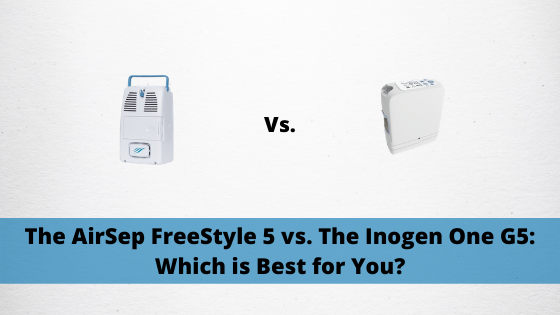
Whether you’ve recently been diagnosed with COPD or you’ve had it for some time, finding the right oxygen concentrator is key to your well-being. A high-quality oxygen concentrator that meets all your wants and needs will provide you with the freedom you need to get out and explore the world, pursue your dreams and aspirations, and most importantly, spend more time with friends and family. All of which would simply be impossible to accomplish while using a bulky and heavy oxygen tank or no oxygen therapy device at all.
While searching for a concentrator, new patients may find themselves overwhelmed with the number of options they have available to them and current oxygen patients looking for an upgrade to their device may not be aware of what options are available to them. This is why we do our best to break down the specifics of each and every concentrator on the market, so you can quickly and easily find the information you’re looking for and make a decision that you won’t regret later on.
It’s both a blessing and a curse that the oxygen industry moves so fast. It’s a blessing because it means technology is advancing quickly and it’s a curse because it’s harder to follow what’s going on. To help you demystify portable oxygen concentrators, we’re going to take an in-depth look at two of the most popular POCs currently on the market: The AirSep FreeStyle 5 and the Inogen One G5.
{{cta('b59df0c1-c4de-47a8-8e1c-0d33d4b414aa','justifycenter')}}
If you have any questions about either portable oxygen concentrator, be sure to leave a comment down below or fill out the contact form at the side of the page so we can reach out to you.
About the AirSep Brand
AirSep is one of the most recognizable brands in the oxygen therapy field. Offering impeccable portable oxygen concentrators like the FreeStyle 3, FreeStyle 5, and AirSep Focus has made a significant impact on the industry for years to come. They got their name “AirSep” because they primarily specialize in air separation products. This refers to any product that separates air into its primary components including nitrogen, oxygen, argon, and other inert gases.

AirSep has two different divisions: medical products and commercial products. In its commercial sector, it has created the largest two-bed pressure swing absorption (PSA) oxygen generating plant (42 tons a day) and in the medical field, they’ve produced the smallest oxygen generating unit ever made: The AirSep Focus (1.75 pounds). Needless to say, AirSep is committed to excellence in everything that they do, especially when it comes to providing oxygen patients with a reliable high-quality oxygen machine.
About the Inogen Brand
Since its inception in the early 2000s, Inogen has been laser-focused on one thing: providing oxygen patients with dependable, efficient, and durable portable oxygen concentrators. Inogen has always believed that COPD patients deserve the same freedom and independence as everyone else and that pulse dose portable oxygen concentrators were the way to make that happen.
.png)
As of the summer of 2019, Inognen has put out 5 pulse flow portable oxygen concentrators and one home oxygen concentrator. Their concentrators are so sought-after that they remain popular for many years after their release. The Inogen One G3, released in 2012, is still sold by most oxygen concentrator suppliers along with the Inogen One G4, released in 2015, and the Inogen One G5, released in July of 2019. Currently, the Inogen One G5 has the highest oxygen output of any pulse flow portable oxygen concentrator in the industry.
Maximum Oxygen Output
In many ways, buying a portable oxygen concentrator is a lot like buying a car. If you live in an area with unpredictable and extreme weather conditions, you’re not going to waste any time looking at cars that are bad in the snow. You’re going to start with a vehicle that suits your safety needs, then you’ll narrow down your options based on your preferences.
This is similar to buying an oxygen concentrator, only instead of looking at weight distribution and traction control, you’re looking at maximum oxygen output. This is important because not everyone has the same oxygen needs. For someone with stage 1 COPD, 300 ml/min of oxygen may be adequate. However, stage 4 COPD patients likely need over 1,000ml/min of oxygen in order to stay healthy. Ultimately, you and your pulmonologist will have the final say on which oxygen output suits you best.
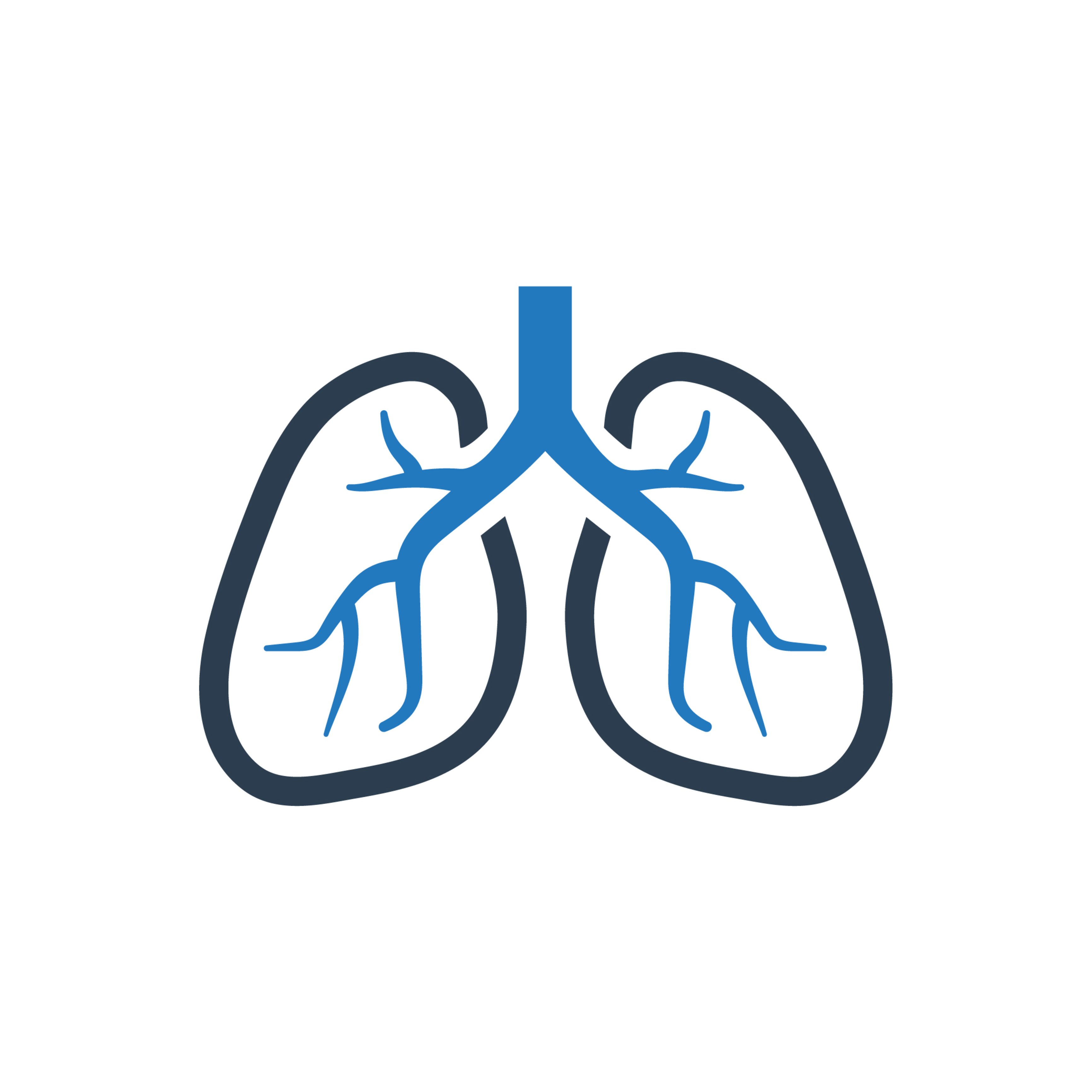
Another thing to note about oxygen needs is that they’re a variable. If you only go up to a flow setting of 3 on your pulse flow portable oxygen concentrator now, that doesn’t mean you’ll never have a need to go up to a higher setting later on. So, it’s nice to have some extra breathing room (no pun intended) to move your oxygen output either up or down.
With all that out of the way, you’ll be happy to know that both the Inogen One G5 and the AirSep FreeStyle 5 offer a high oxygen output. More specifically, the Inogen One G5 has pulse flow settings 1 through 6 with a maximum oxygen output of 1,260 ml/min of 90% (+6%/-3%) oxygen. The FreeStyle 5 has a maximum oxygen output of 1,000 ml/min of 90% (+5.5% -3%) oxygen with pulse flow settings 1 through 5.
When compared to most other oxygen concentrators on the market, these two portable oxygen concentrators offer outstanding oxygen output. What this means for you as an oxygen patient is that you’ll have more options available to you. If you’re someone who needs a high oxygen flow setting, you may avoid the need to switch over to a continuous flow portable oxygen concentrator which tends to be much heavier and difficult to operate. If your doctor or pulmonologist recommended a continuous flow POC, be sure to ask him/her about the Inogen One G5 and FreeStyle 5.
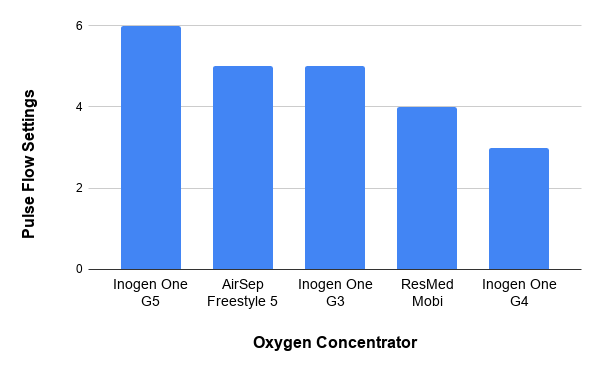
Weight
Let’s face it, as we get older it becomes much more difficult to carry things like a backpack, purse, or handbag. It’s not that there’s anything wrong with us, it’s just a natural part of getting older. On top of this, you’re likely experiencing a lot of breathlessness and chest pain from your COPD symptoms. And if you suffer from issues like arthritis or osteoporosis, this can further amplify these problems. Taking all these things into consideration, it’s no wonder most COPD patients want the lightest portable oxygen concentrator they can find.
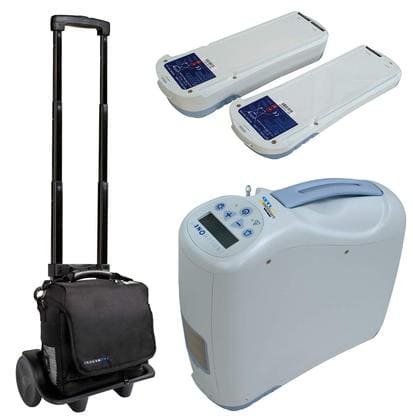
In the past, the issue of weight was mitigated by using rolling carts. This worked alright until you needed to get over a curb or lift your concentrator into a bus or up a flight of stairs. Fortunately, with the Inogen One G5 or the FreeStyle 5, you won’t have to worry about any of these issues. The G5 weighs in at just 4.7 pounds with the single battery and the FreeStyle 5 weighs in at just 6.7 pounds with the regular battery.
With that being said, The AirSep FreeStyle 5 is pretty heavy when it comes to pulse flow portable oxygen concentrators. Ideally, you’ll want to look for a portable oxygen concentrator that’s around 5 pounds or less if you want to carry it comfortably. While the FreeStyle 5 is commonly advertised as a POC that’s carried on your shoulder, it may be wise to invest in a rolling cart if it ever causes you back pain or exhaustion.
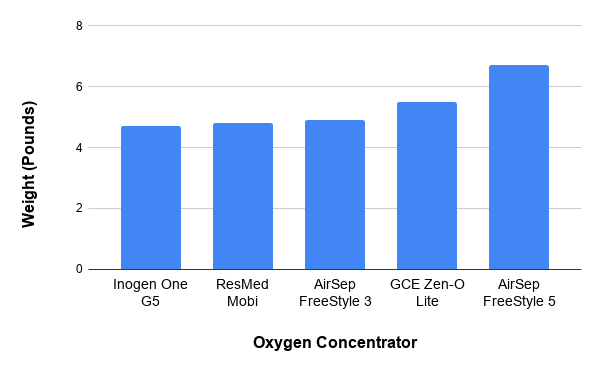
Size
There are two factors that you need to take into consideration when it comes to size: the overall volume that the portable oxygen concentrator takes up and the shape of the unit. The dimensions of the FreeStyle 5 are 10.7” H x 4.4” D x 6.6” W so it’s pretty tall compared to most portable oxygen concentrators. It also has a fairly large volume at about 311 cubic inches. However, due to the fact that it’s tall and skinny, you’ll find that it fits in a lot of small spaces quite easily.
The Inogen One G5 differs from the FreeStyle 5 in that it’s more box-shaped with the dimensions 8.15" H x 7.19" L x 3.26" W. It also has a much smaller total volume at just 211 cubic inches. What this means is that you’ll be able to take your Inogen One G5 more places and you’ll be able to store it more easily in your home or while you’re traveling.
{{cta('fa8abc2a-1e88-4fa3-82fd-1cb5b9ed43b2','justifycenter')}}
In general, pulse flow portable oxygen concentrators are much smaller than their continuous flow counterparts. The reason for this is that continuous flow devices usually also have pulse flow technology built into them. They can be transported just about anywhere you want, but they won’t offer you the same freedom and mobility that a pulse flow concentrator will. The FreeStyle 5 sort of straddles the line between pulse flow and continuous flow units in terms of weight.
Battery Life
One of the worst things about owning an oxygen tank is that the technology has reached a stopping point. Unfortunately, oxygen can only be compressed to a certain point, so if you want to carry more oxygen with you, you’re going to need to take a bigger tank. In stark contrast to this, portable oxygen concentrators run entirely off batteries — a technology that’s improving very rapidly.
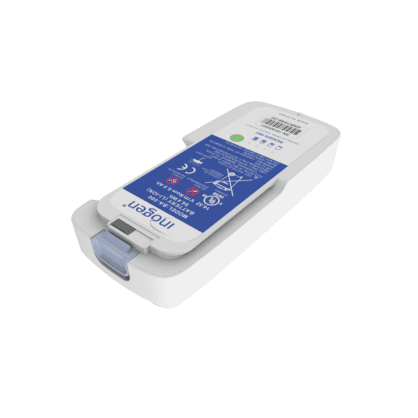
In recent history, lithium-ion batteries have been the gold standard due to their high storage capacity. These are the same types of batteries that are used in your phone allowing you to make calls and run apps all-day without running out of energy. This same technology is used in your POC to help you stay out and about longer. What’s more, scientists are experimenting with various other types of battery technology such as new generation lithium-ion, lithium-sulfur, and solid-state. So there is a lot to look forward to when it comes to the future of portable oxygen concentrators.
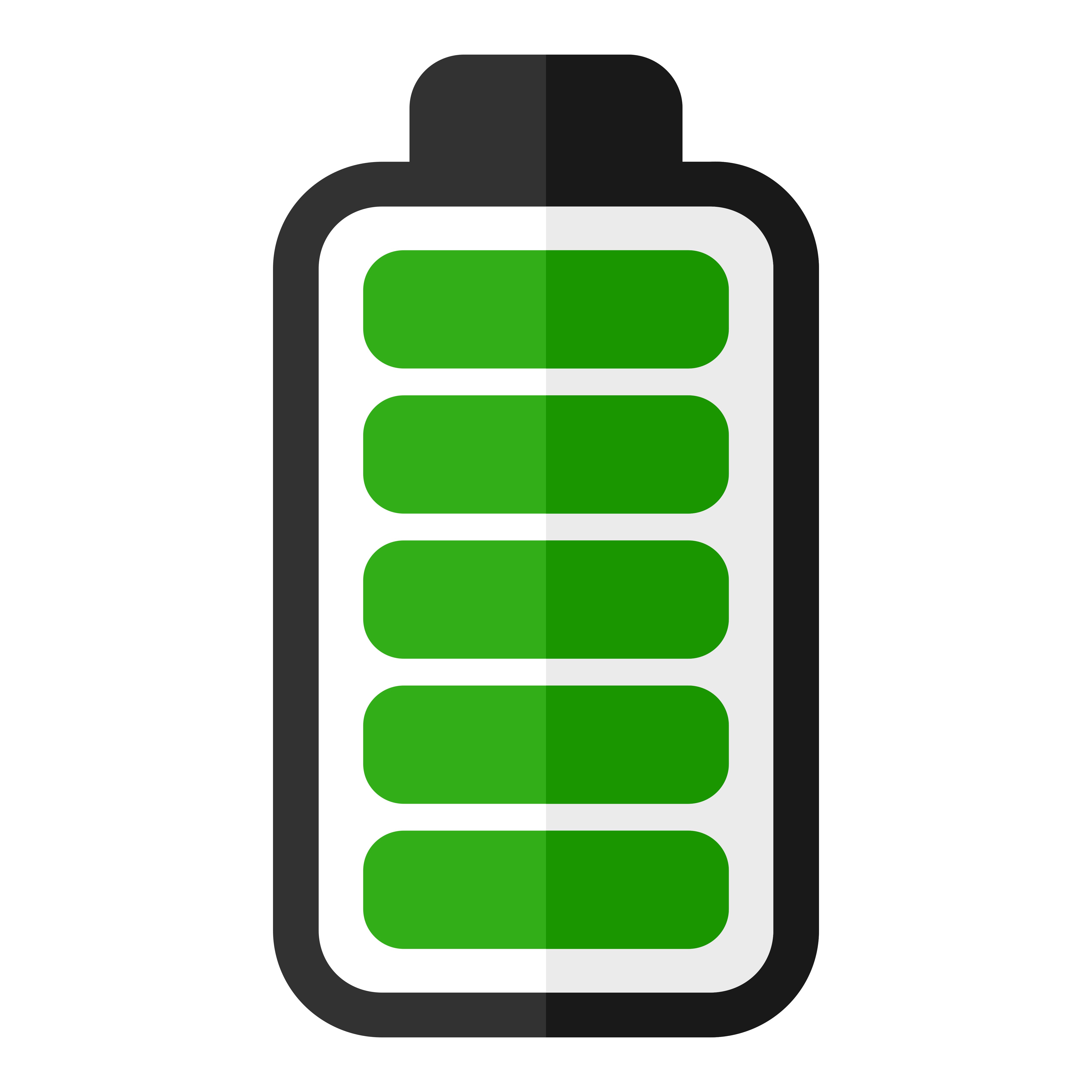
Aside from the CAIRE FreeStyle Comfort, the Inogen One G5 has the longest external battery life of any portable oxygen concentrator. With the 8-cell battery, it can push 6.5 hours on one charge using the lowest flow setting. With the 16-cell battery, it can achieve an astounding 13 hours of battery life on one charge! The FreeStyle 5 is much less impressive in this regard, offering only 4.25 hours of battery life on one charge.
If your goal is to get out and do more without worrying about your oxygen supply, it’s clear that the Inogen One G5 is for you. Even with the 8-cell battery which comes with the G5, you’ll easily get 2 more hours out of your battery than you would with the FreeStyle 5’s battery. With the 16-cell battery, you’ll likely have a surplus of battery life so you shouldn’t have a need to carry a second battery of rush home to charge your device. Remember that both the FreeStyle 5 and Inogen One G5 come with both AC and DC charging cables, so you’ll be able to charge them in both a wall outlet and in your car.
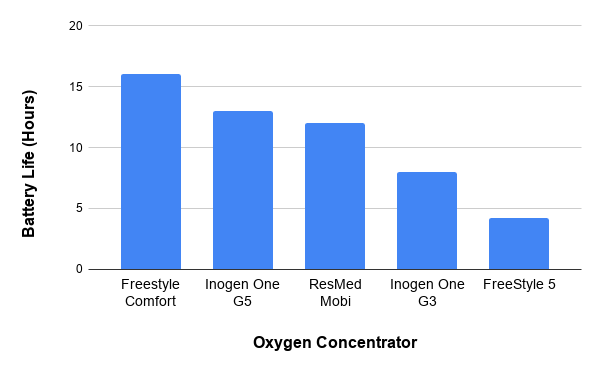
Sound Level
Since oxygen tanks make very little or no noise at all, many oxygen patients switching over to concentrators are concerned that their new device will be loud. Fortunately, this is not the case. While pulse flow portable oxygen concentrators are louder than oxygen tanks, they are quiet enough to take them in public areas such as a church or even a library.
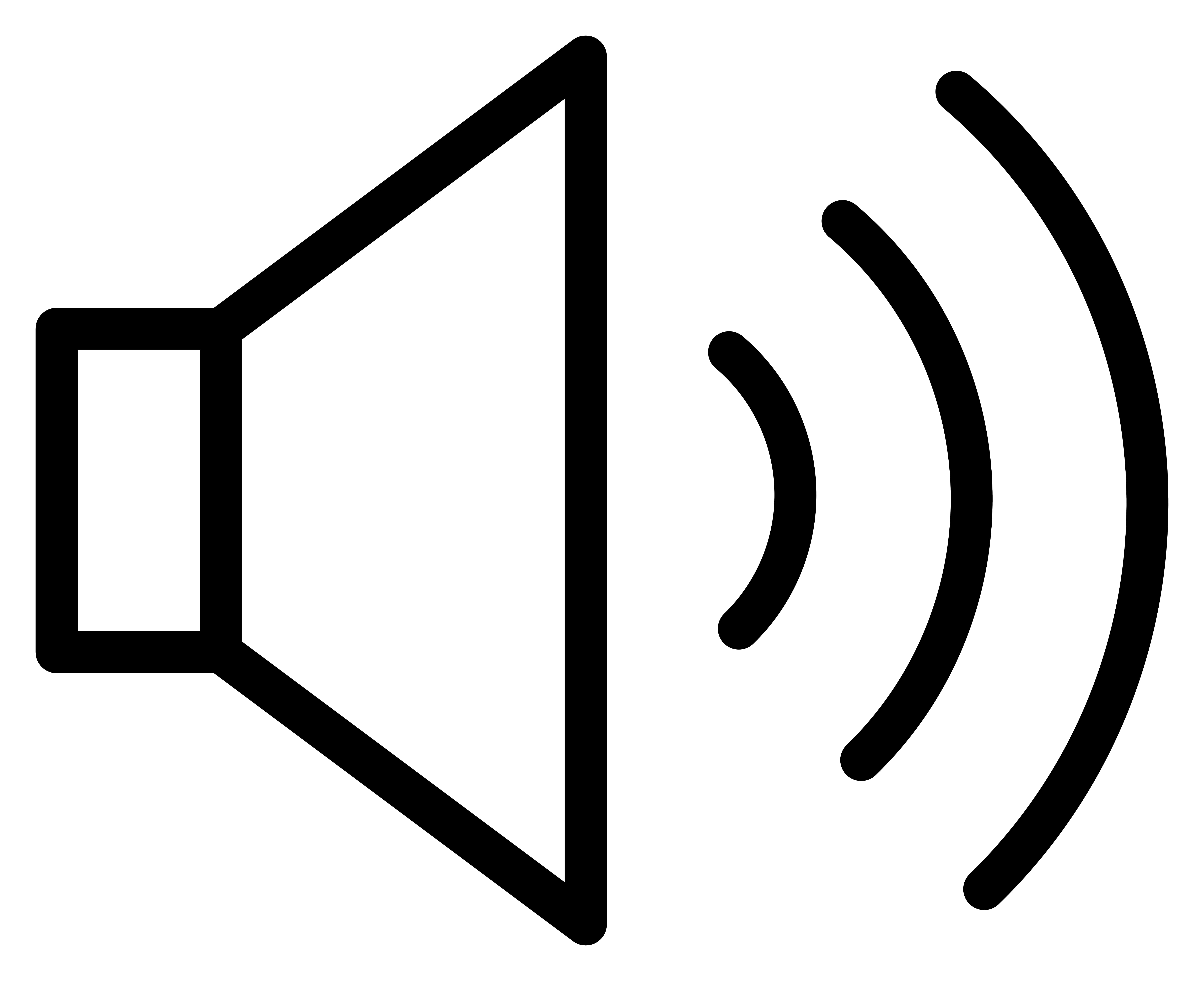
Most people compare the sound of an oxygen concentrator to a refrigerator or similar appliance. It does make a slight buzzing noise, but once you get used to the sound, you’ll hardly notice it’s there. Another thing to note is that there are audible alerts that will notify you about low battery life, column status, and breath detection. All of these alarms can be disabled if you don’t want the extra noise.

On a flow setting of 2, the Inogen One G5 is around 37 decibels (dBA). The FreeStyle 5 will be at about 48 dBA on a setting of 3. So, the latter will definitely be a little bit louder but it’s still about the sound level of a quiet conversation or whisper. Take note, however, that if you reduce the flow setting, the total sound level will reduce. If you increase the flow setting, the decibels will increase.
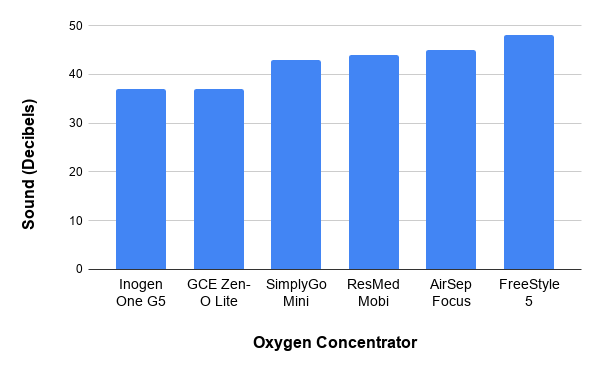
Inogen Connect
One of the unique standout features of the Inogen One G5 is the Inogen Connect. This is a mobile phone or tablet application introduced with the Inogen One G4 that allows you to check your battery status, column status, troubleshooting information, and much more, all without touching your portable oxygen concentrator. To set it up, simply install the app and follow the directions to connect it to your oxygen machine.
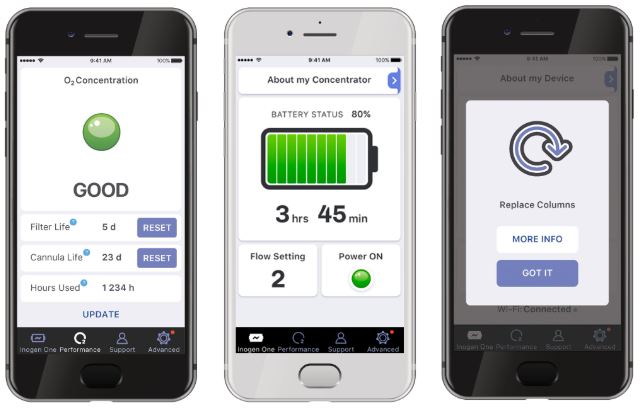
This app is especially useful for people who are on the go frequently and don’t have a lot of time to stop and check their oxygen concentrator. People who use the Inogen One G5 Backpack love this app because it allows them to check the status of their device without having to remove the backpack and swing it around their shoulder every time they want to check the battery life of their oxygen concentrator.
The Ideal Candidate for the AirSep FreeStyle 5
While the AirSep FreeStyle 5 has been around for quite some time, it’s still a reliable portable oxygen concentrator produced by one of the most trusted and recognizable brands in the industry. AirSep has set its sights on breaking boundaries in the air separation industry and the FreeStyle 5 is one of their greatest accomplishments yet alongside the AirSep Focus, the lightest portable oxygen concentrator ever produced.

The FreeStyle 5 excels when it comes to maximum oxygen output, size, ease-of-use, and quality, but it leaves a lot to be desired when it comes to weight and battery life. It will provide you with a reliable supply of oxygen wherever you go, but after being out for several hours you may find yourself more exhausted and out of breath than usual. With only a few hours of runtime on your battery, you may find that this holds you back too.
The Ideal Candidate for the Inogen One G5
At this point in time, the Inogen One G5 is the most sought-after portable oxygen concentrator on the market. It’s hard to beat the G5 because it excels in every area that matters to oxygen patients: maximum oxygen output, battery life, weight, size, and durability. What’s more, it offers additional features like the Inogen Connect which makes maintaining your device a breeze.
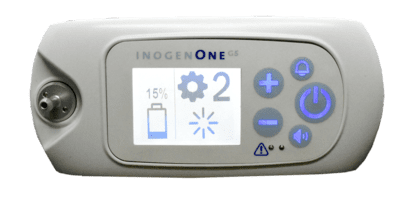
Above all else, you know that the Inogen One G5 is supported by a reputable brand. Inogen has 20 years of experience with producing oxygen concentrators and it seems as if they create something revolutionary with the release of each new unit. Because Inogen concentrators are so popular, you know that you’ll be able to find replacement parts or services for your oxygen machine well into the future and you’ll never be left high and dry with a concentrator that doesn’t work.
Conclusion
It can be a challenge finding the perfect portable oxygen concentrator for your lifestyle. However, the good news is that there are plenty of high-quality machines and reputable oxygen suppliers that can help you find exactly what you’re looking for. Before purchasing a unit, be sure to fill out the contact form at the side of the page. Our oxygen specialists will get in touch with you and they’ll help you make educated decisions about your oxygen usage. In the meantime, if you have any comments or concerns, feel free to leave them below.

